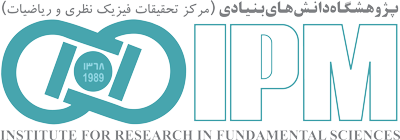“School of Astronomy”
Back to Papers HomeBack to Papers of School of Astronomy
| Paper IPM / Astronomy / 18067 |
|
||||||||
| Abstract: | |||||||||
|
The bimodal metallicity distribution of globular clusters (GCs) in massive galaxies implies two distinct sub-populations: metal-poor and metal-rich. Using the recent data of \textit{Gaia} we highlighted three distinct dissimilarities between metal-poor and metal-rich GCs in the Milky Way (MW). Half-mass (light) radii of metal-poor GCs exhibit, on average, 5 ( 3) per cent more expansion than metal-rich ones. Furthermore, the lack of metal-poor GCs at low Galactocentric distances ( ) follows a triangular pattern in -[Fe/H] space, indicating that GCs with lower metallicities appear further away from the Galactic center. Metal-poor GCs are more susceptible to destruction by the tidal field in the inner part of the MW. We perform a series of \Nbody simulations of star clusters, to study the impact of the BHs' natal kicks on the long-term evolution of low- and high-metallicity GCs to explain these observational aspects. We found that the retention of BHs inside the cluster is crucial to reproducing the observed dissimilarities. The heavier and less expanded BH sub-system (BHSub) in metal-poor clusters leads to more intense few-body encounters, injecting more kinetic energy into the stellar population. Consequently, they experience larger expansion and higher evaporation rates rather than metal-rich clusters. The higher energy production within the BHSub of metal-poor GCs causes them to dissolve before a Hubble time near the Galactic center, leading to a triangular pattern in -[Fe/H] space.
Download TeX format |
|||||||||
| back to top | |||||||||



















